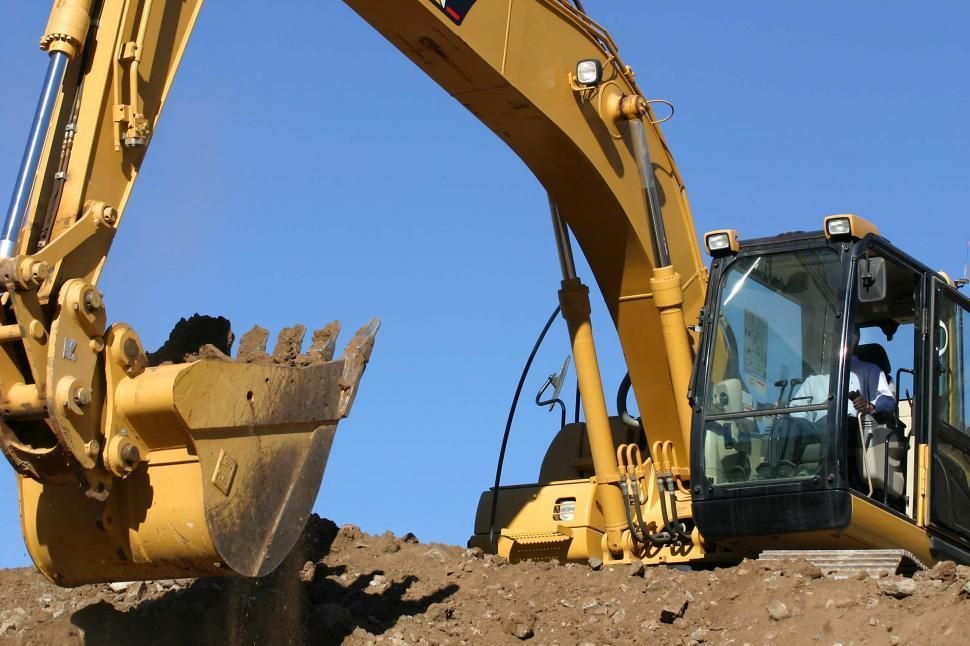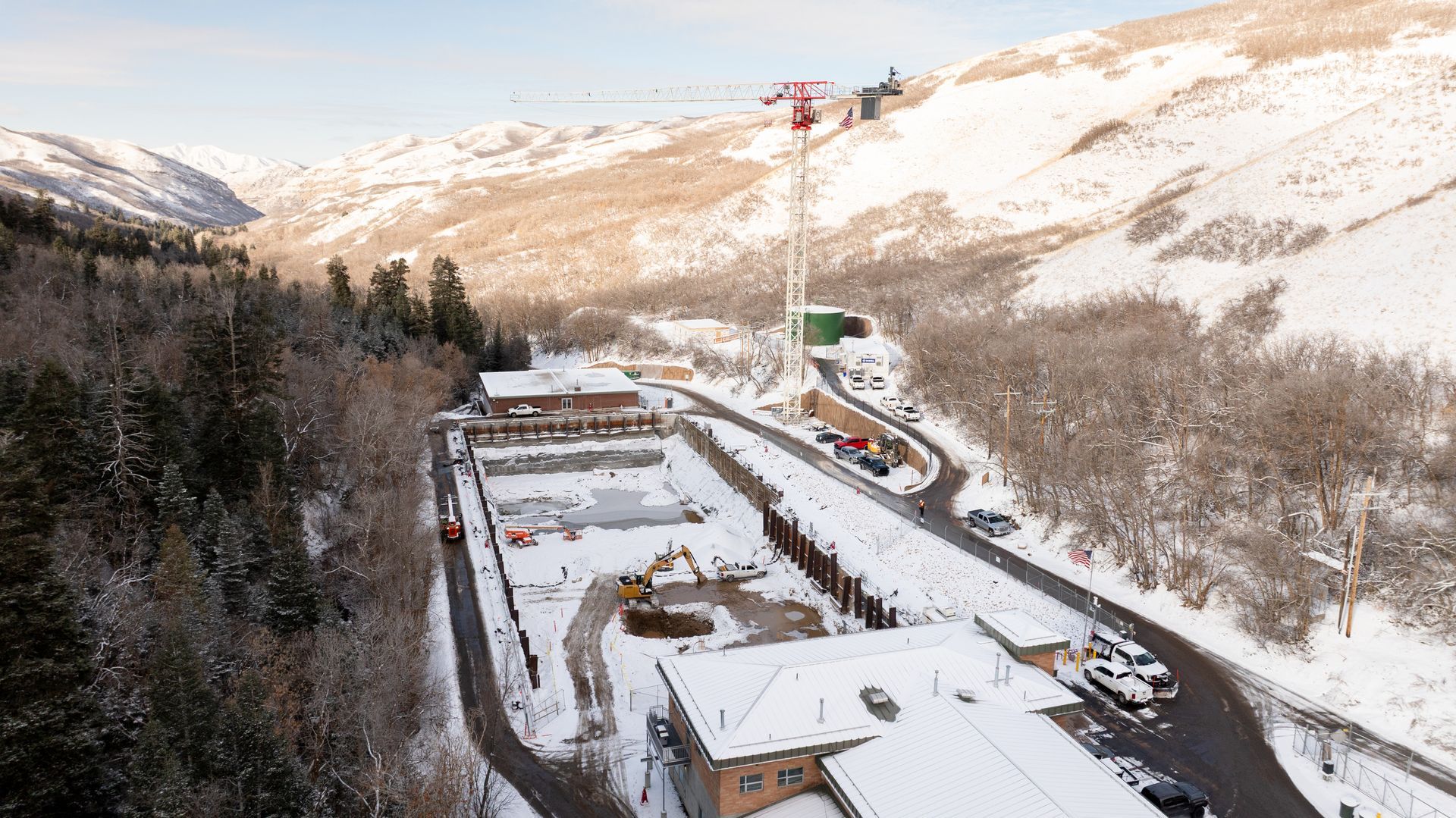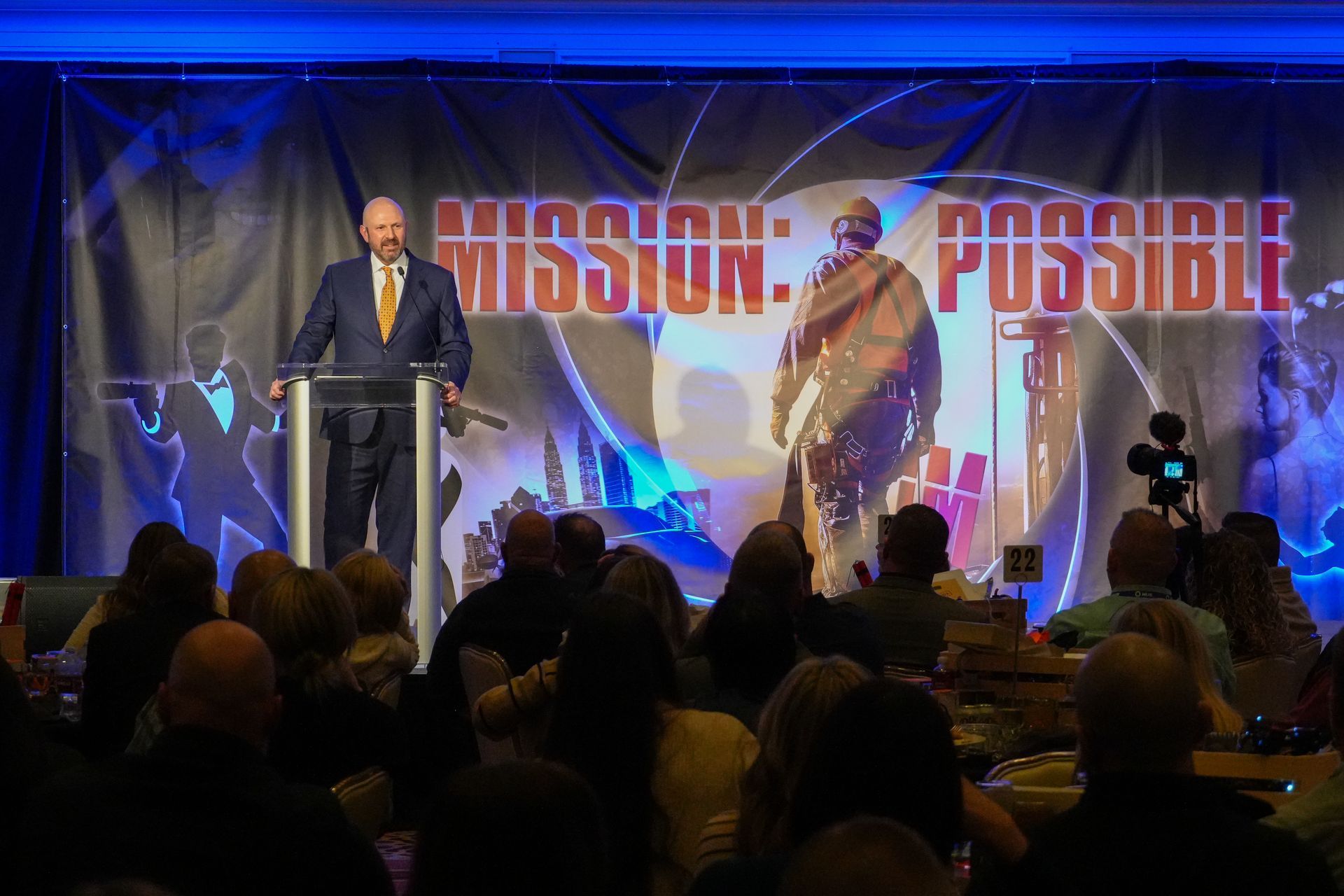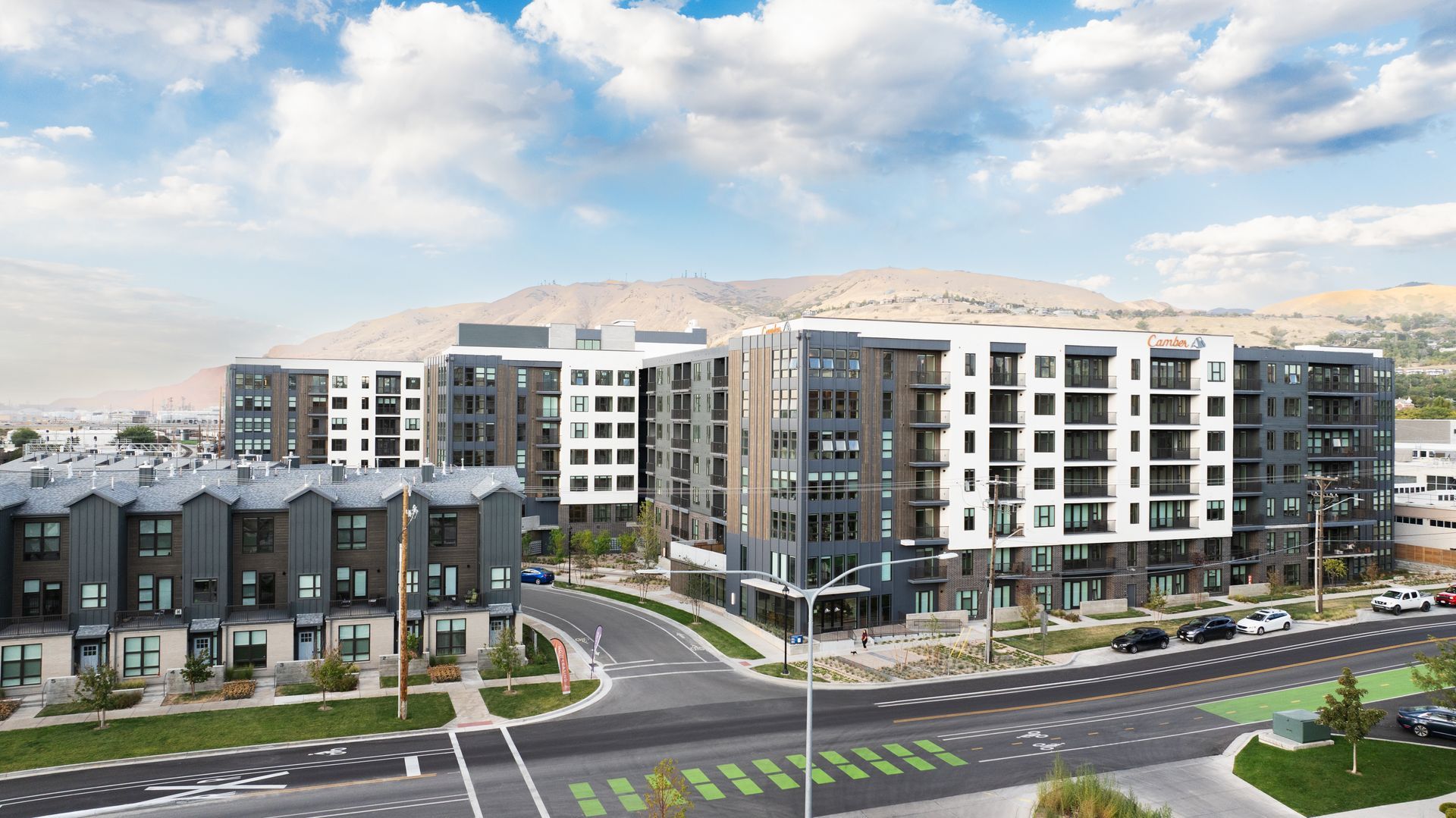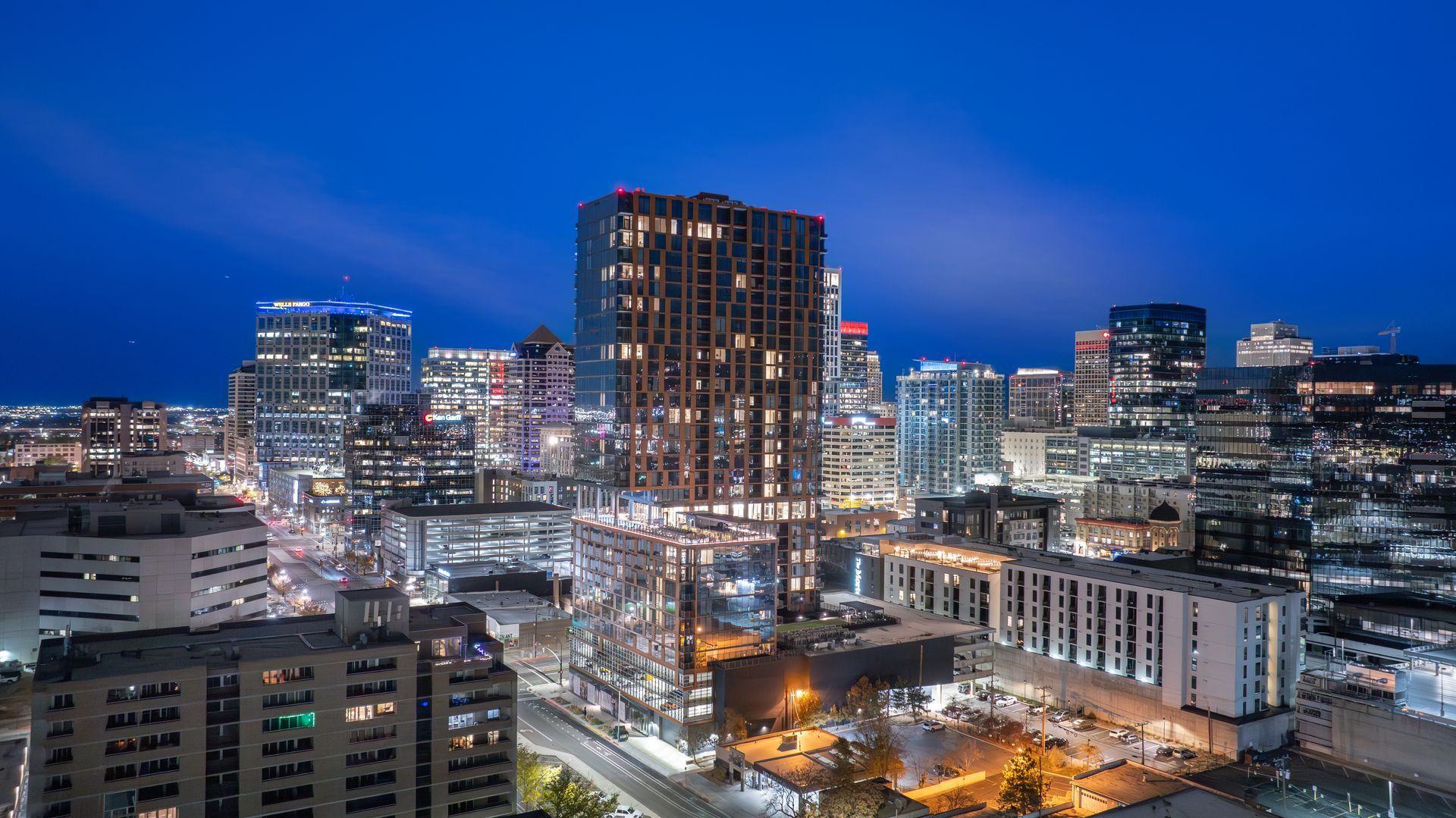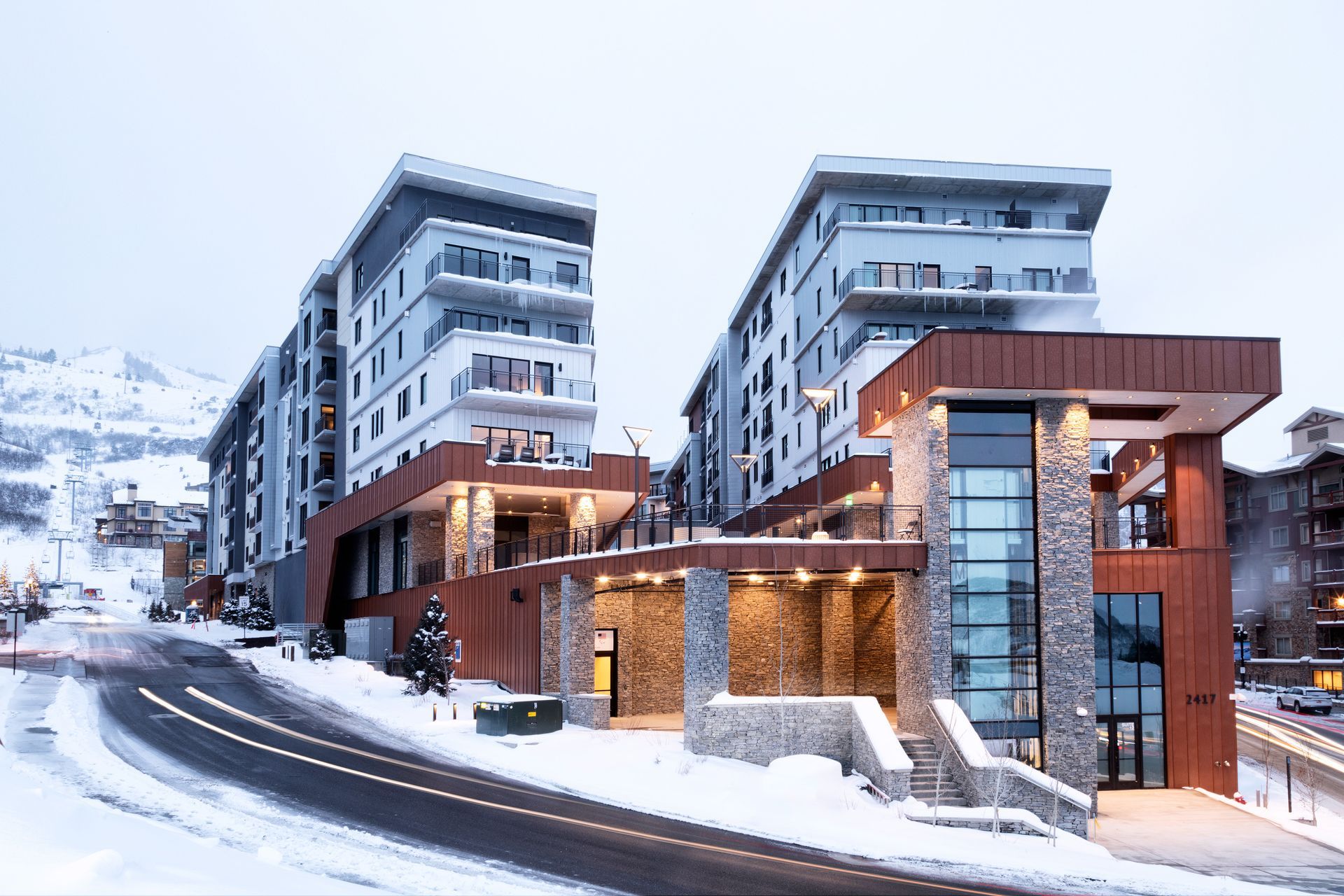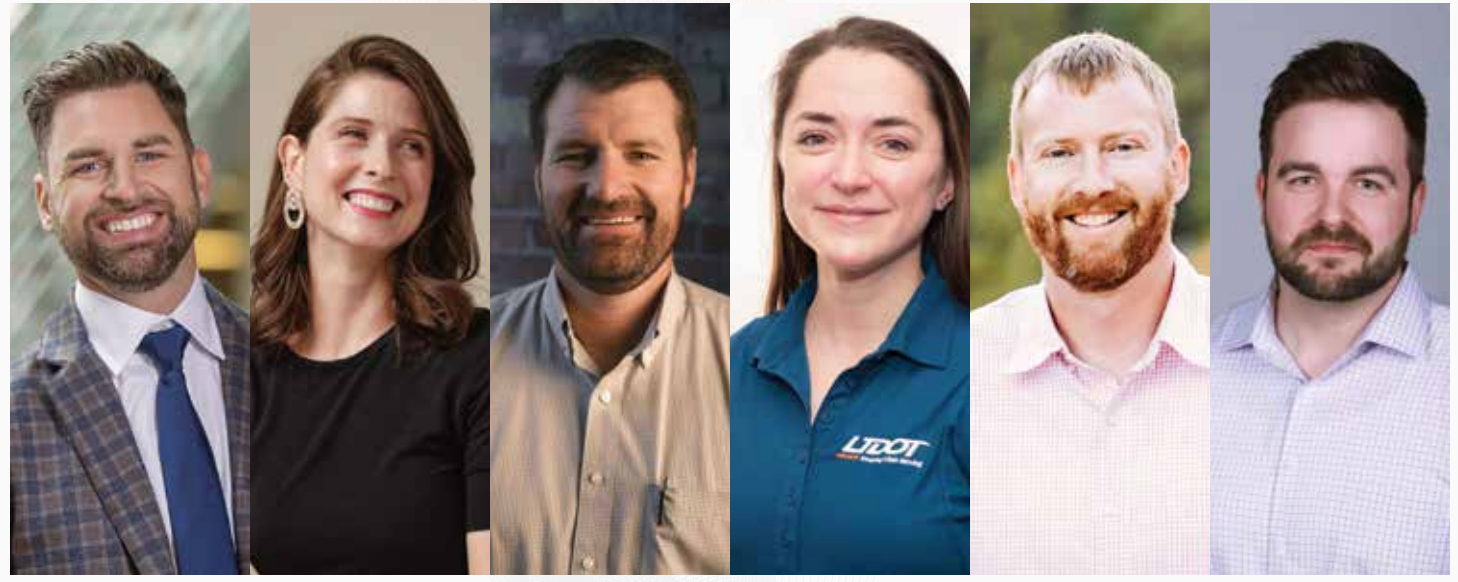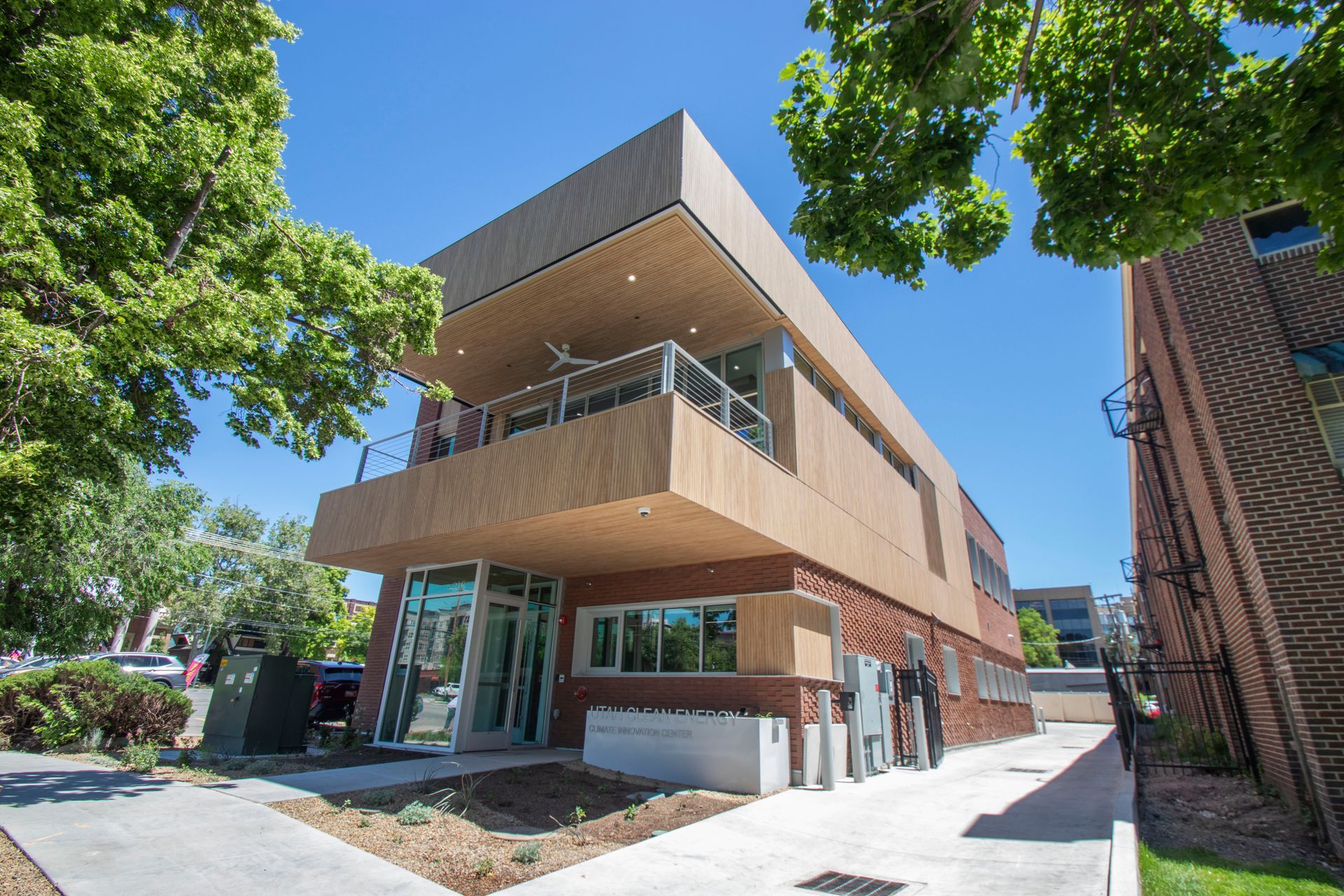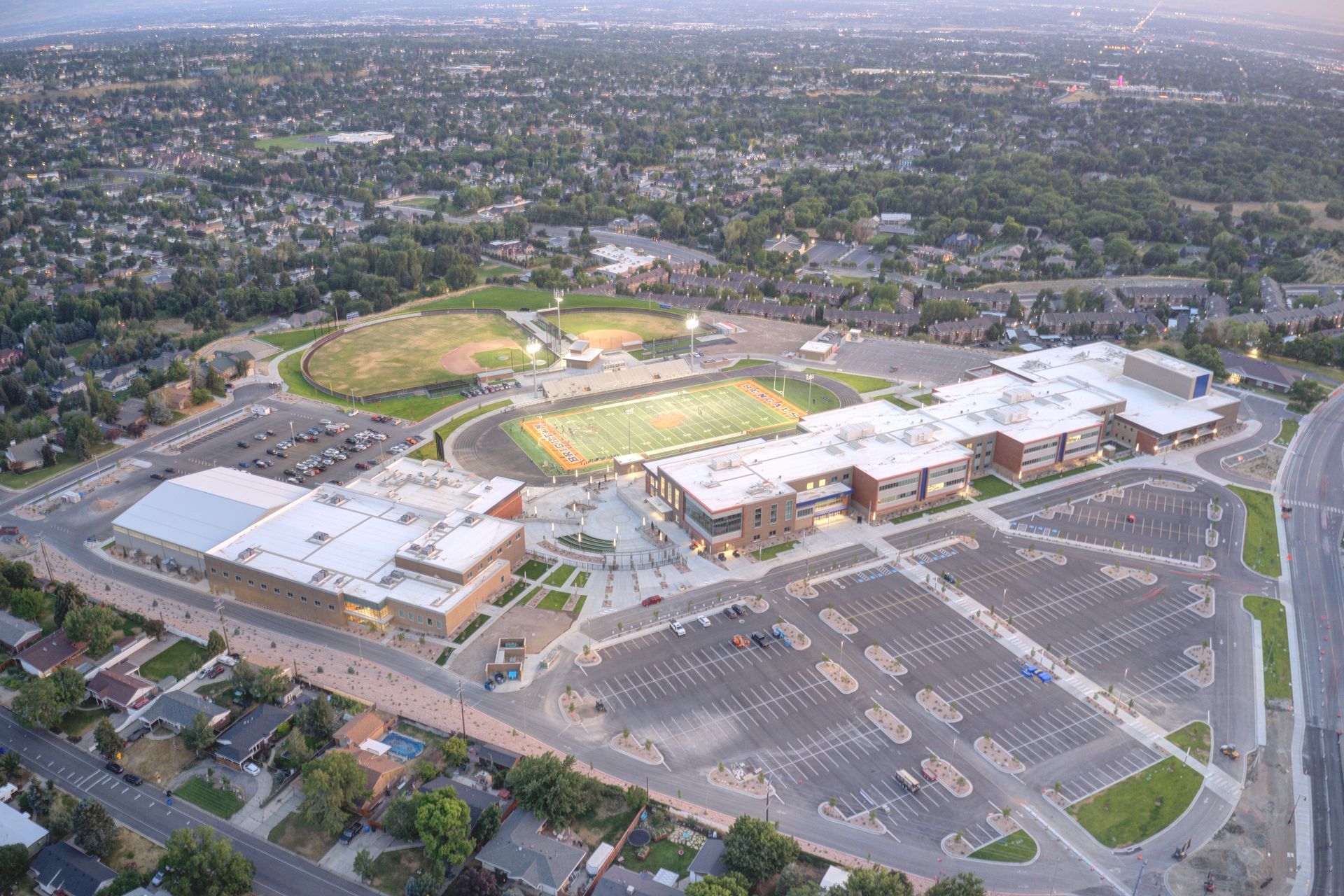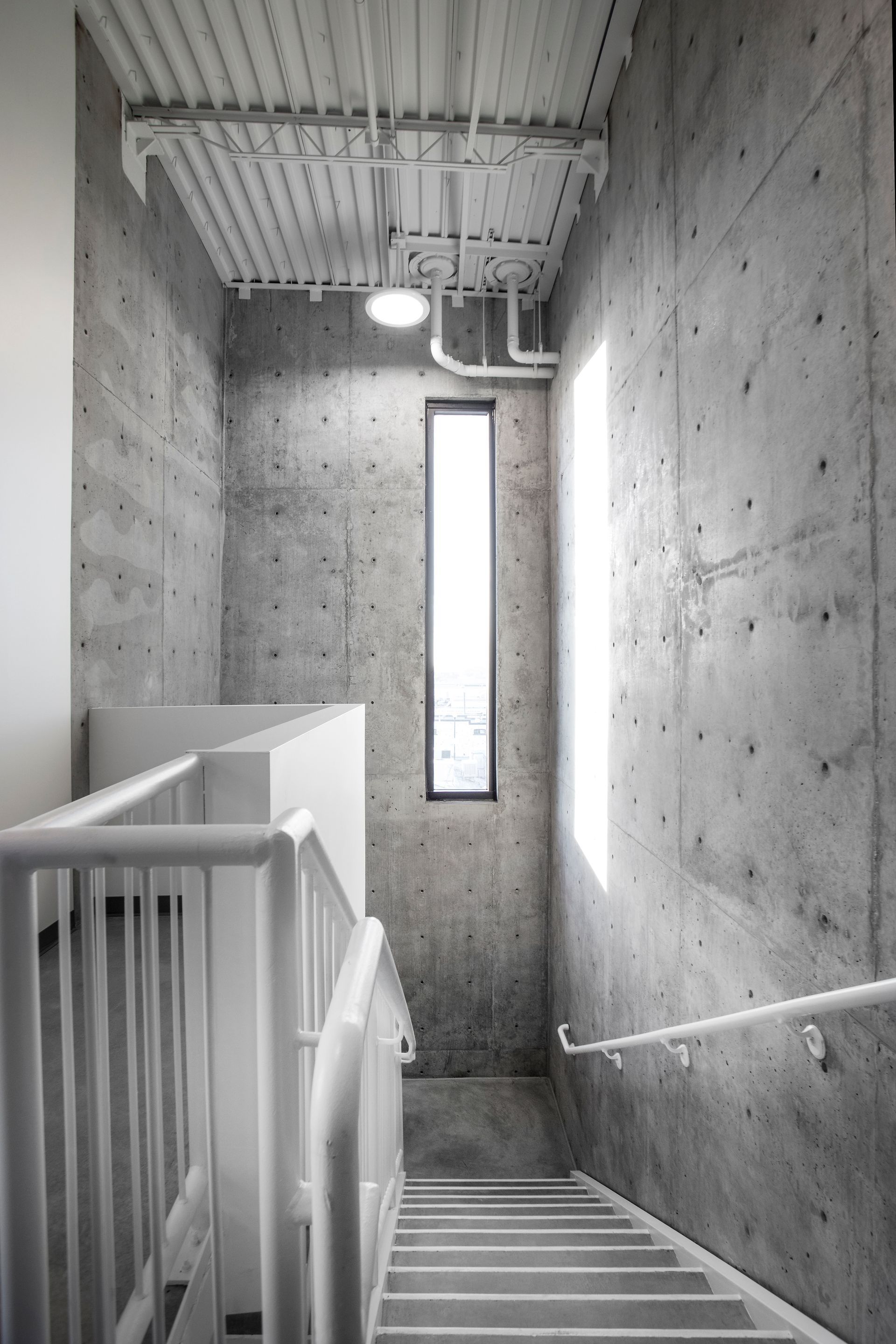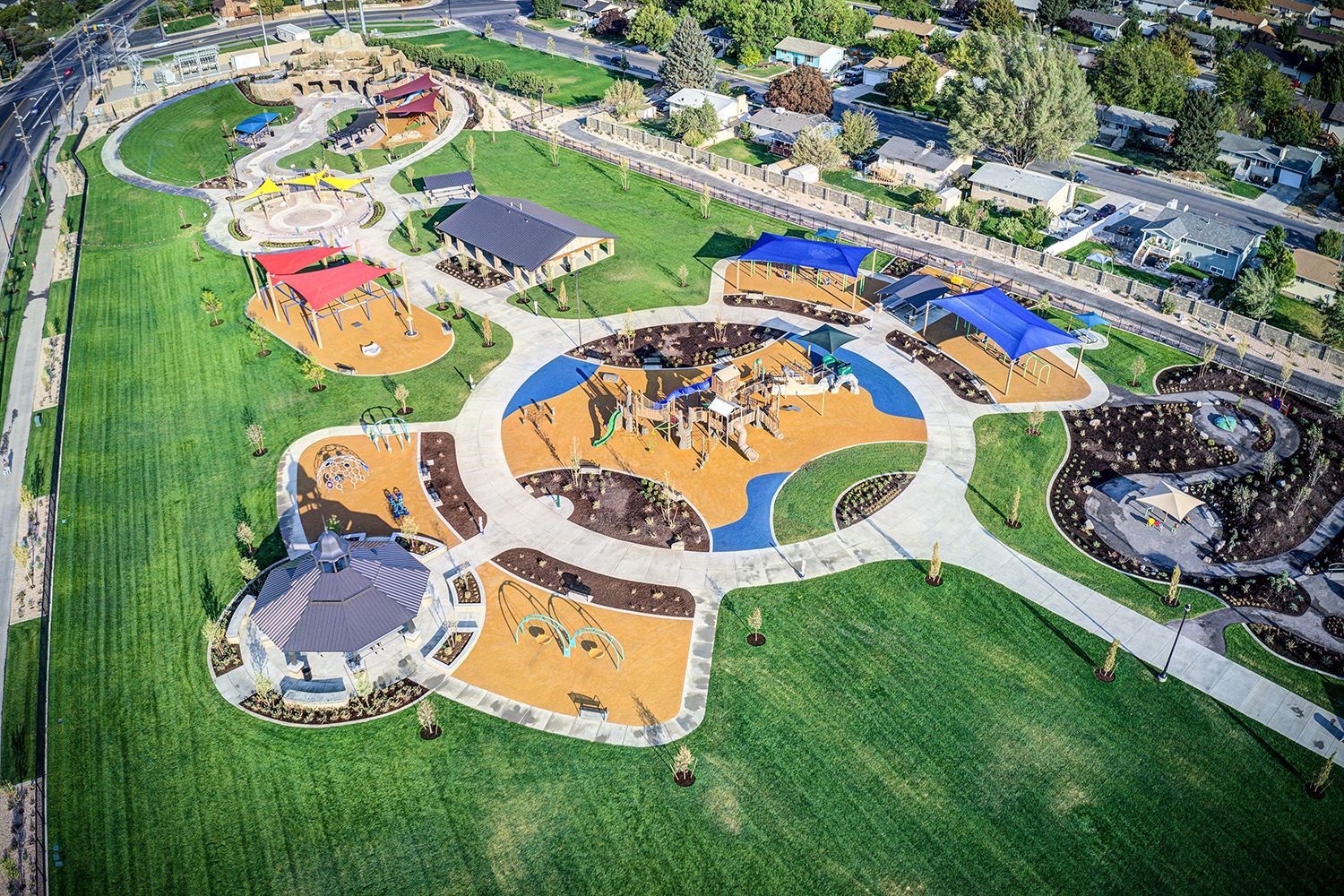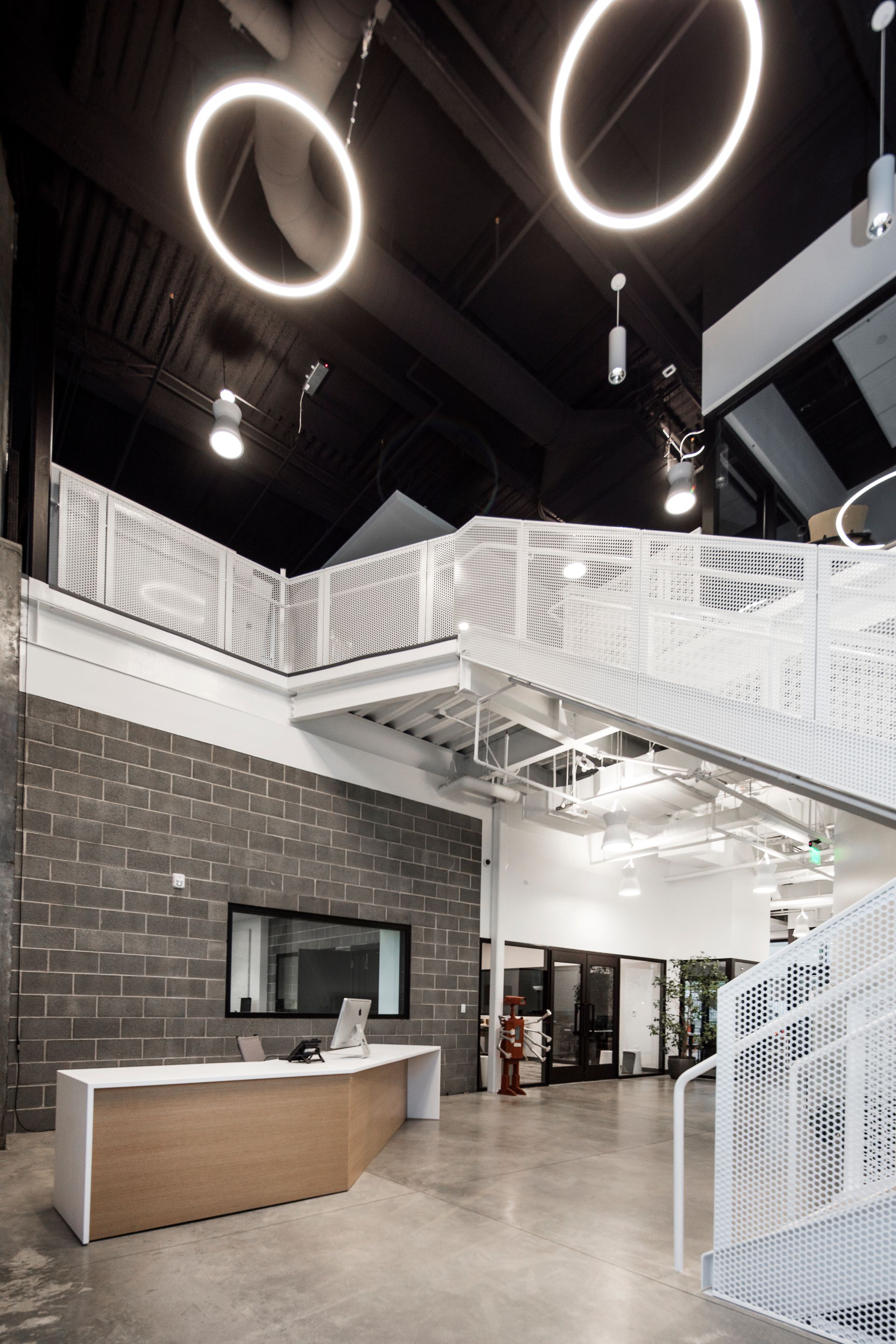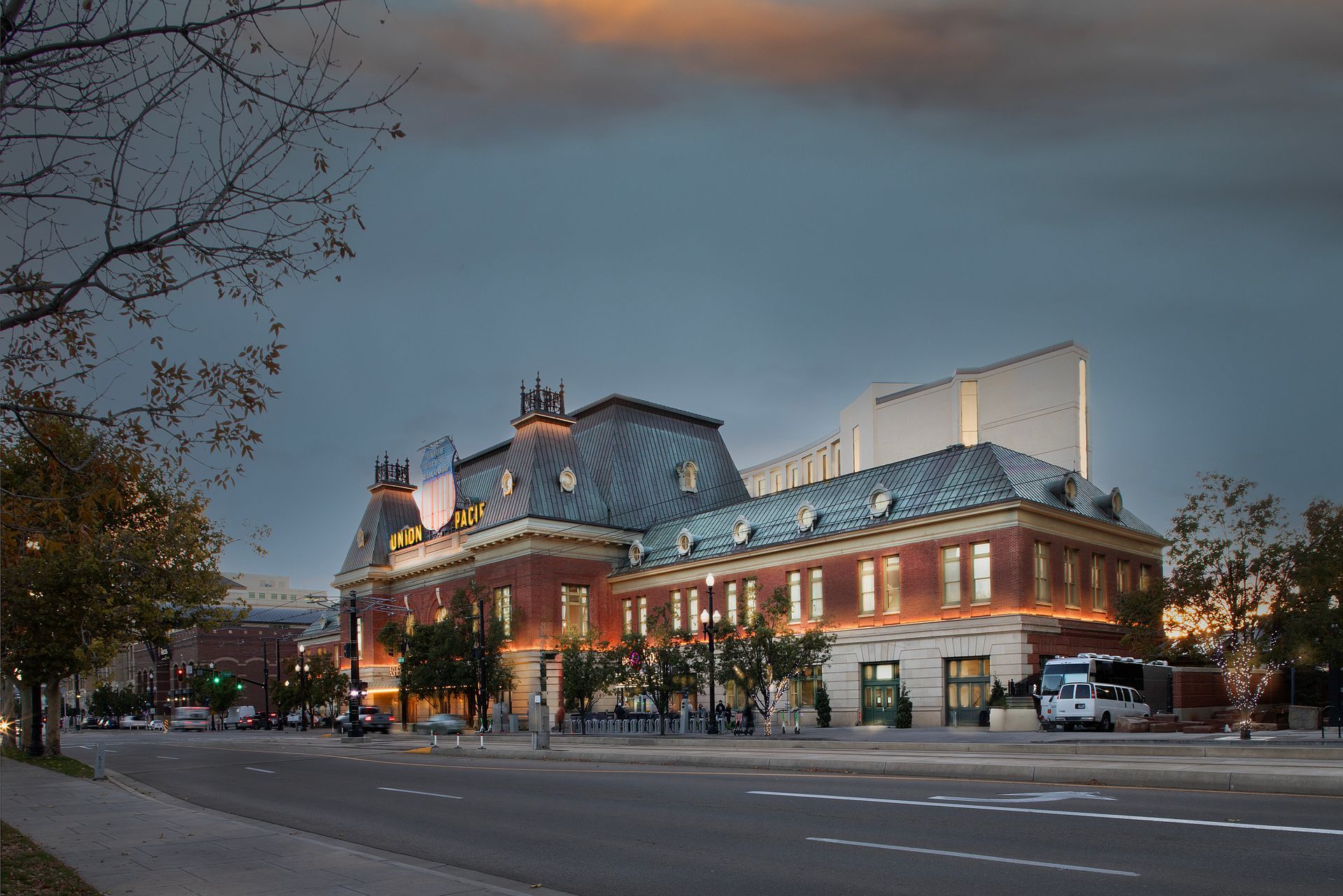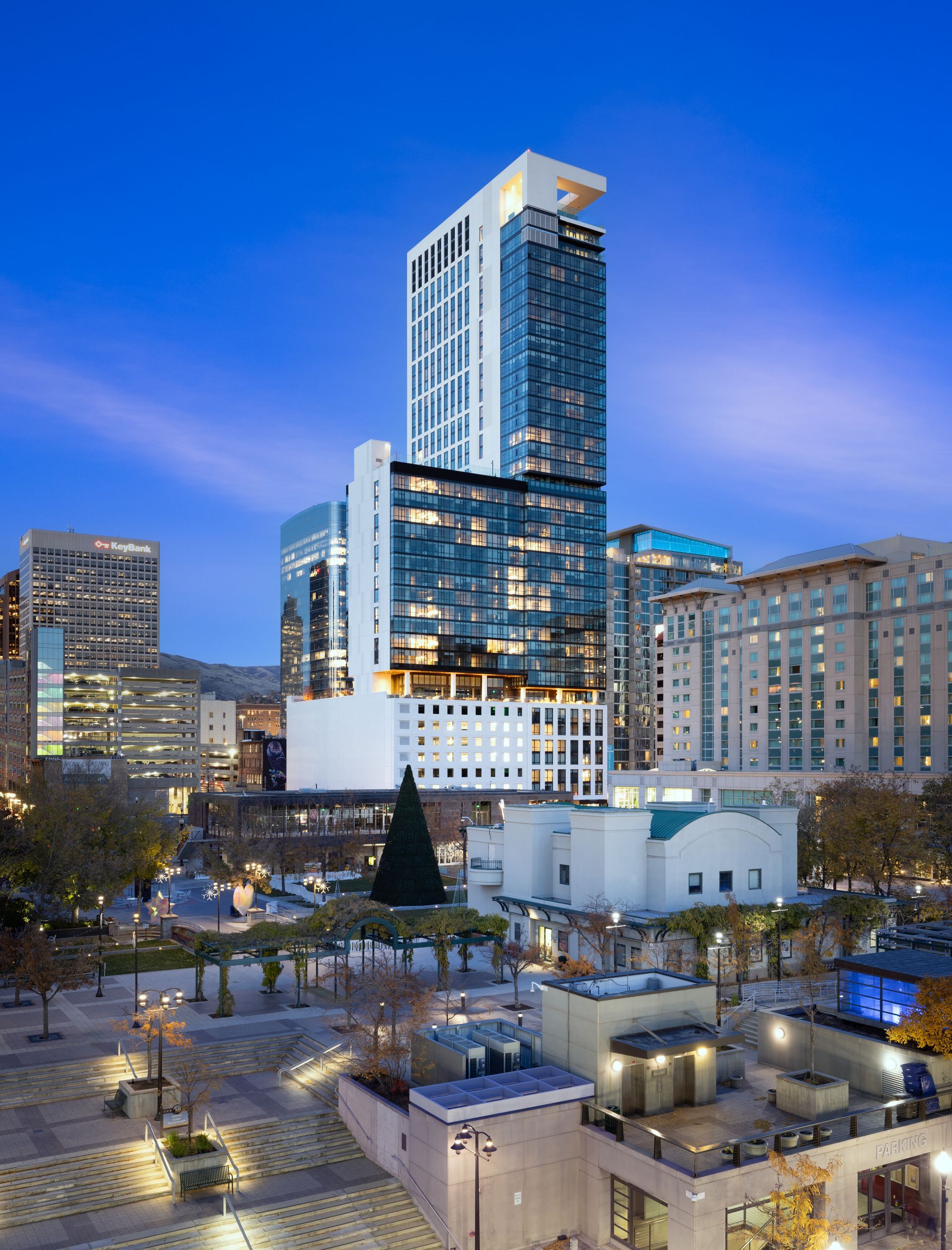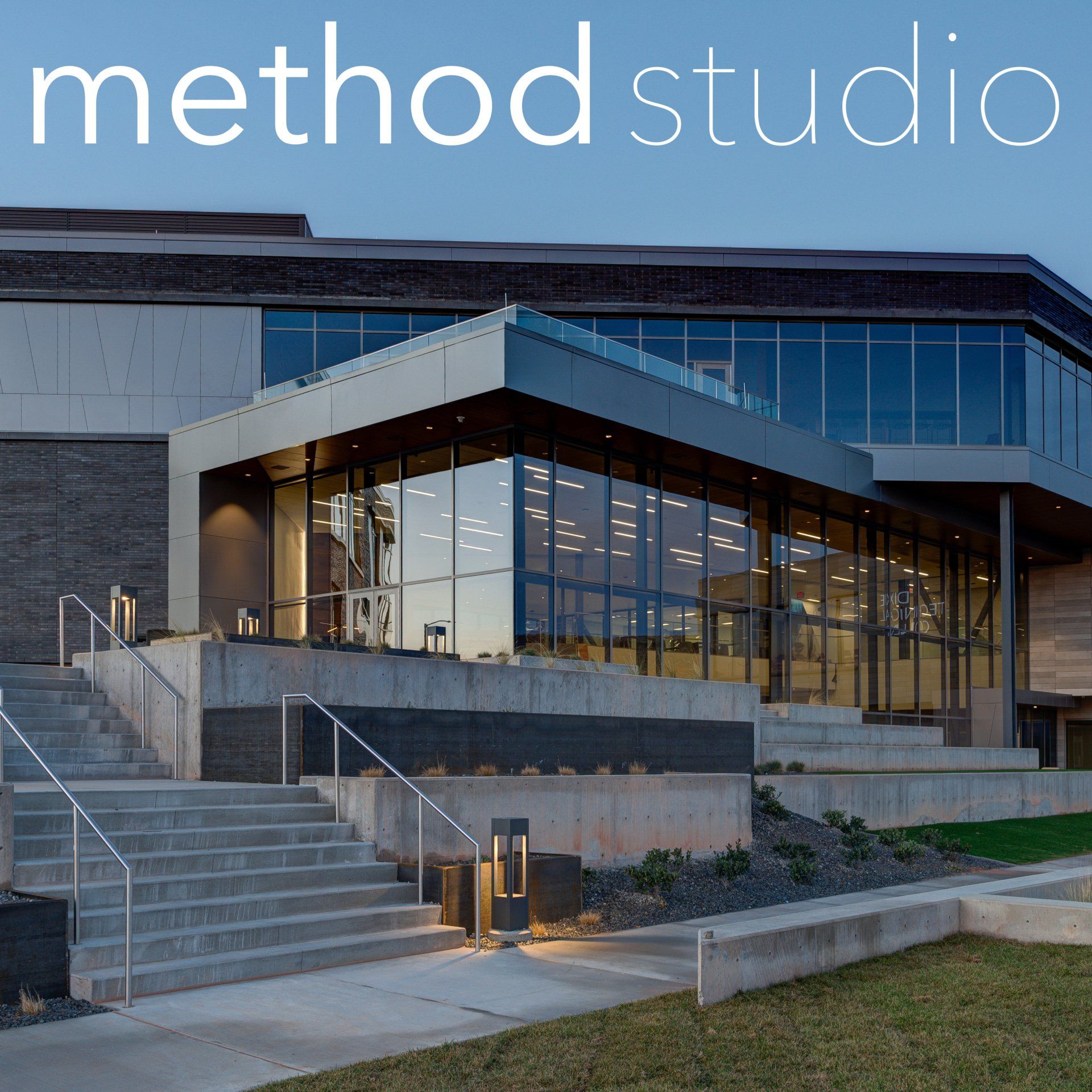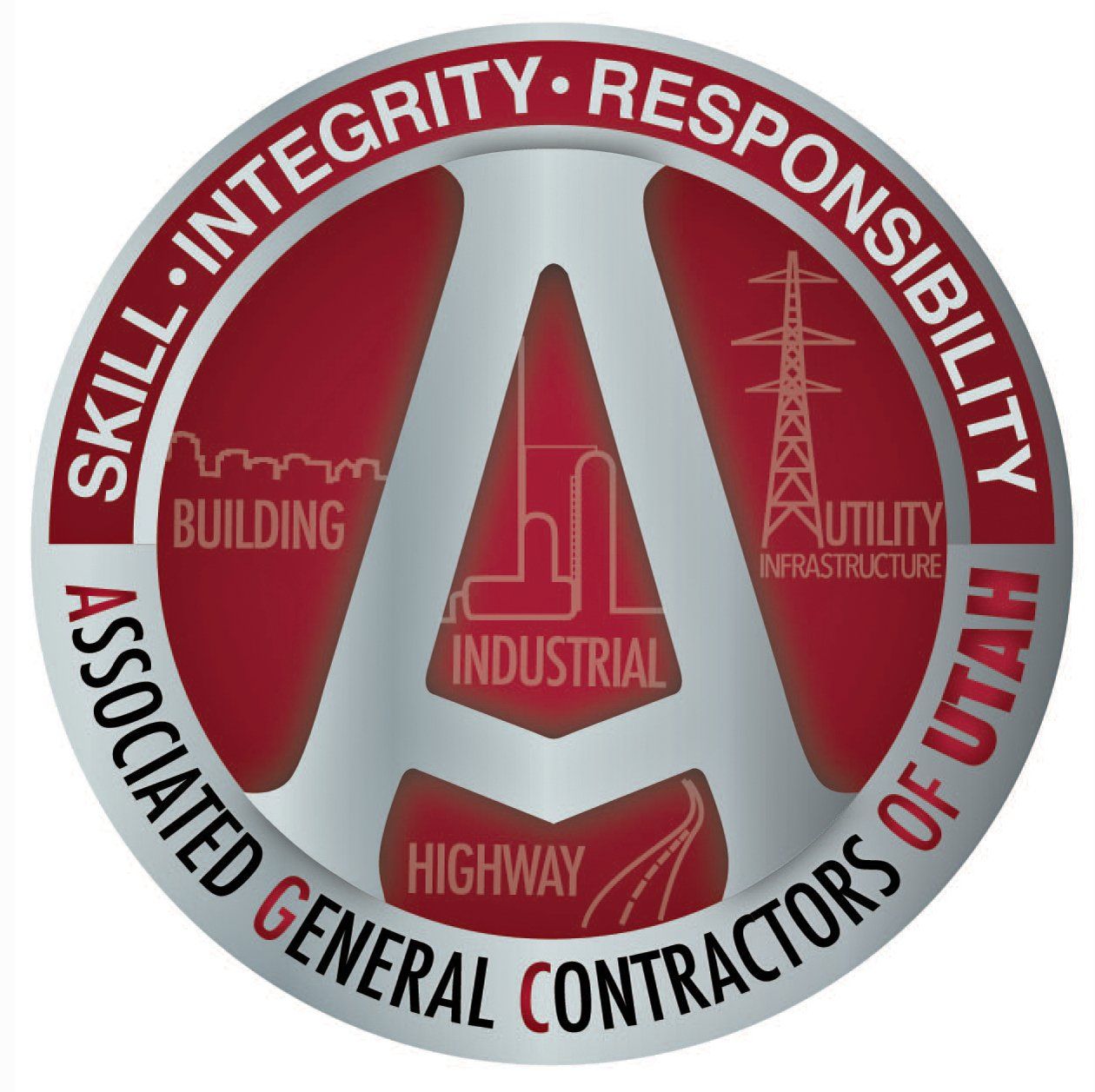Born into a recession 20 years ago, CR Lighting believes its employee-conscious approach has prepared the company for whatever the future may bring. By Emma Penrod
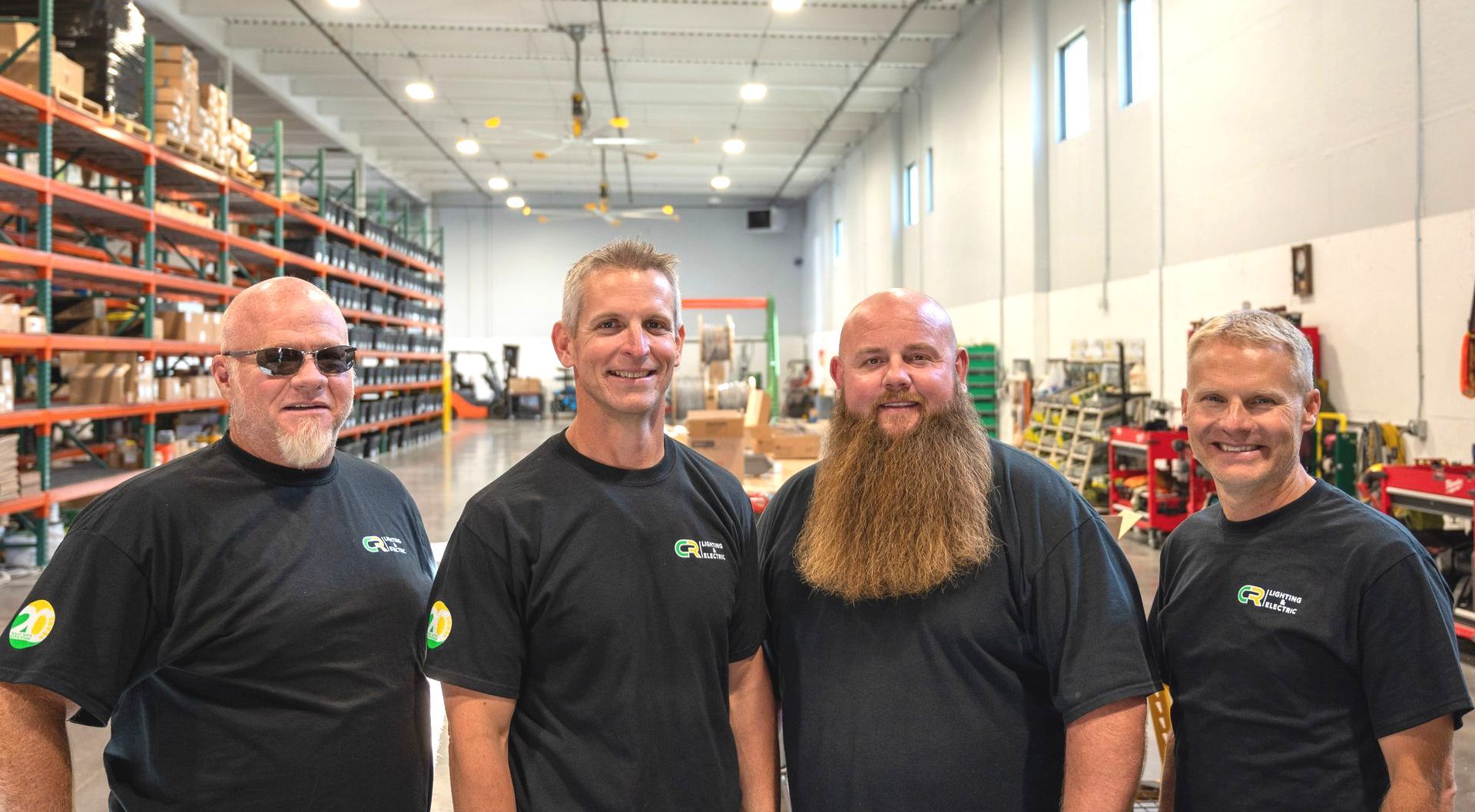
CR Lighting has grown from a basement-based neighborhood electrician to owning and operating a prefabrication shop to keep up with Utah’s bustling construction market. (Main Photo) Executives (left to right): Dan Solomon, Business Development Manager; Trevor Jensen, Operations Manager; John “JP” Phelps, Warehouse Manager / Purchaser; Chris Rydman, President stand in their new warehouse in Layton.
Starting Scared
Although Rydman had seen the writing on the wall and was prepared to hit the ground running, his Christmas Eve layoff still came as a shock. He was able to assume a couple of small projects when his employer went under, which gave CR Lighting a solid start, but nothing felt certain.
“Back then there wasn’t a shortage of workers, there was a shortage of work,” Rydman said. He started doing electrical maintenance and lighting retrofits out of a van, and “was scared to death. I had a brand new baby that was four months old, and my wife was scared to death.”
His wife was supportive—the name CR Lighting was her idea, Rydman said. But he admits that the first couple of years were pretty rough, with the family struggling to make ends meet on less than $20,000 a year. Finally, the company caught a break when it landed its first relatively large job—working on a fire station.
With some of his former colleagues still looking for work, finding his first hire wasn’t terribly difficult. But it still represented a daunting milestone for Rydman, who held himself to high standards for what it meant to become an employer.
“I do feel personally responsible for all the employees’ families,” Rydman said. “I’m not just in this for me—I have a responsibility … an obligation.”
Growth came slowly for the first few years. Rydman, loath to overextend the company, preferred to take incrementally larger projects as the CR Lighting staff and cash flow grew—picking up a bank, a few office buildings, and other commercial projects along the way.
“I just let the company dictate the size [of the projects],” Rydman said. “So long as it was sustainable and we could keep it going. I never had visions of being the biggest guy out there. The company grew on its own.”
Sudden Growth
In spite of—or perhaps because of—Rydman’s conservative nature, the company did grow. And after a few years in business, the company outgrew its longstanding office space—Rydman’s basement.
“We all joke about the early days,” said CR Lighting Operations Manager Trevor Jensen, who hired on in the mid-2000s. “Chris [Rydman] first started his office at his house, and we had to get into his window well to get material or go over to his house where he would leave stuff in his front yard, and I was always thinking, ‘I hope the neighbors don’t think I’m here to steal stuff.’”
The real estate market being what it was in the late 2000s, Rydman opted to buy a run-down office building with a dirt parking lot on Gentile Street in Layton.
“I think we purchased that for $150,000. It was a different time back then,” Rydman recalled. “It was in rough shape, I’ll be honest, so we had to spend another $40,000 to get it into something we could actually use—which $40 grand wouldn’t do these days.”
The size of the company’s projects grew with the new location, and CR Lighting graduated from restaurants and firehouses to schools and warehouses. While still his conservative self, Rydman also showed a willingness to invest in the company as needed—bringing in not only staff but equipment and technology as the company’s growth called for it.
“I remember being nervous, buying our first mini excavator, and I was thinking, ‘Oh man this had better work out.’ And now we have five of those crews,” Jensen said.
Growth began to accelerate in the early 2010s, according to Dan Solomon, Business Development Manager for CR Lighting. When Solomon hired on in 2011, the firm had 26 employees. By 2014, they had 150—and found they had to start thinking differently about how they did business.
“One of the drums I have been beating is new challenges are going to require new solutions,” Solomon said. “We can’t approach new challenges thinking all the solutions we used in the past will work.”
CR Lighting has been involved in many projects across the Wasatch Front, like the work on Brighton High School in Cottonwood Heights, and Spy Hop in SLC, as well as Adventure Heights All-Abilities Park in Spanish Fork.
Adaptation for the Future
With the company’s rapid growth and shifts in the market and supply chains during Covid-19, one of the biggest new challenges for CR Lighting has been the new imbalance between massive demand for their services and the lack of labor and materials. So when the company realized that it had once again outgrown its office space on Gentile Street, it made the next move with a different idea in mind—doing more with less.
For its second office, the company chose a building that also had a vacant lot for sale next door. The second lot allowed CR Lighting to build a new warehouse from the ground up to accommodate more prefabrication, which Warehouse Manager John “JP” Phelps hopes will allow the company to keep pace with its growing workload.
“The old days where you had foremen calling and ordering their parts—that’s no more. Prefab is the wave of the future,” Phelps said. “The goal is to do more work with less manpower. If there’s a tool or a machine we can buy that is going to reduce a field guy’s labor, then we’re going to buy that tool or that machine, and it’s going to reduce that labor cost.”
Today, with about 165 employees and $40 million in annual revenue, CR Lighting has moved into new classes of projects as well. High schools and warehouses have become staples, and the company has a current emphasis on multifamily housing projects among other markets. But lighting retrofits tend to be a bit on the small side for CR Lighting these days.
“I never thought it would be quite this big,” Rydman said. “I think I had in my mind at one time, 15–20 guys would be perfect, and I’m super happy with the way it is now and we’re still growing.”
Don’t mistake, CR Lighting is still just as considerate and careful about taking new work as they were in the beginning. The company’s new approach—which has seen them buying materials before winning a bid, just in case those materials can’t be purchased later—could be seen as extreme risk mitigation, Solomon said.
“None of us like risk. None of us have a stomach for it, so while some of our competitors right now are watching commodity prices and futures and gambling, thinking that if they wait to buy, prices will be lower. They might be right. But … buying, it’s a known quantity. We buy it and stick it on a shelf.”
And some of the same values that led Rydman to start CR Lighting—his desire to make construction a better industry for workers—seem to be helping on the labor front. Employee retention is high, and company hires say Rydman’s reputation for treating employees well was a driving factor in their decision to join CR Lighting.
“I’m old enough that I remember the days when paychecks bounced in construction. When employment was never a sure thing, especially in a seasonal market like Utah,” Solomon said. “So for Chris to make that goal—one of the things I’m most proud of in this company is that we’ve never had a layoff.”
So with a potential economic slowdown looming on the horizon, CR Lighting may be about to reap the rewards of its conscientious approach. The company has enough work lined up to keep employees busy for several years, Rydman says, and should be able to stay its current course, come what may.
